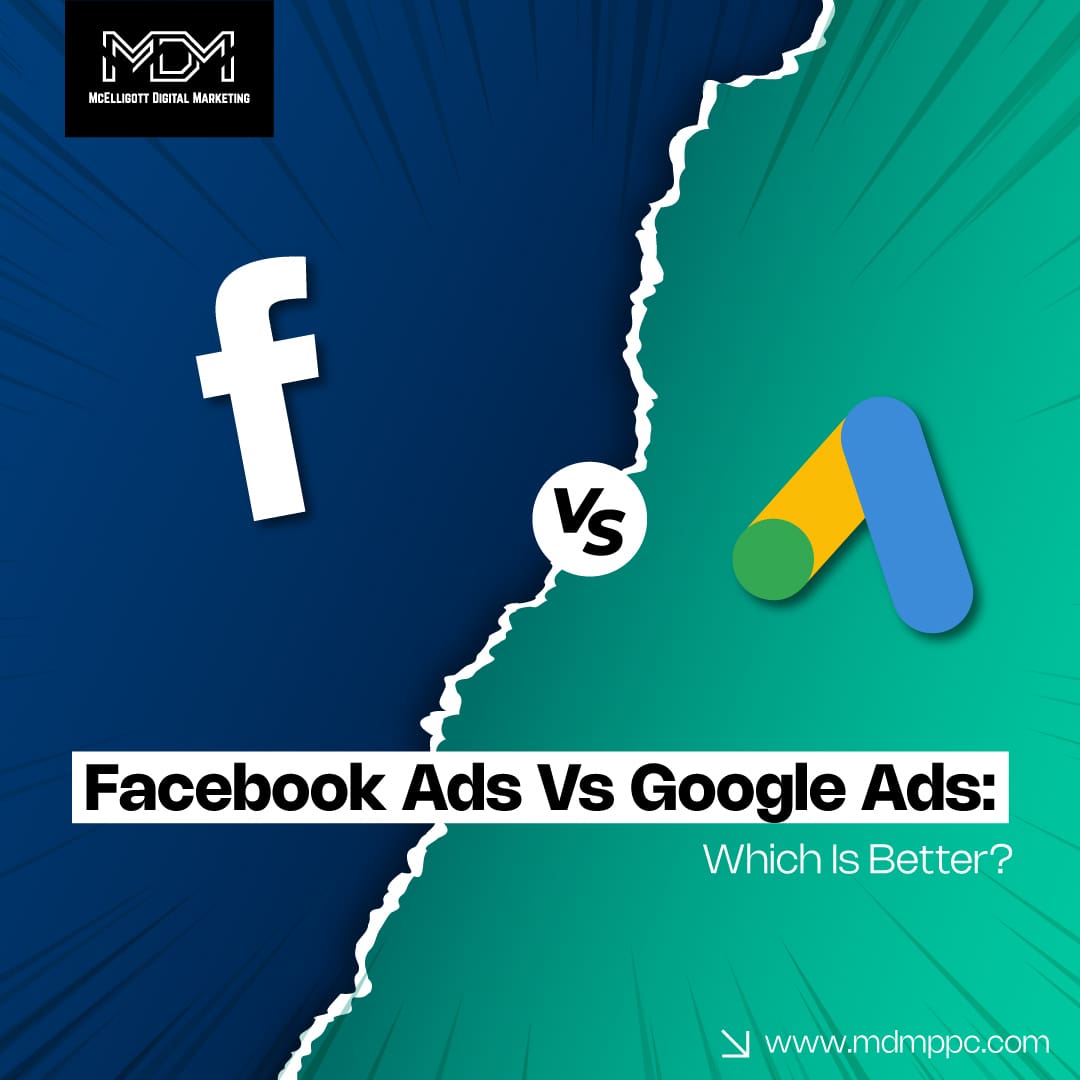When we refer to international PPC campaigns, we’re essentially talking about reaching beyond our domestic audience. International PPC is a paid ad strategy that targets people in different countries. It includes running search ads on platforms like Google and Bing. International ads are also run using social media platforms like Facebook and TikTok.
But can you use the same ad campaign for every country? Not really. You can take inspiration from an existing campaign. However, it’s important to create separate campaigns for each country.
International PPC campaigns are different from local ones. They use unique keywords, audience targeting methods, ad formats, visuals, and languages. These ads are adjusted to match the preferences of the specific country.
For example, companies like Nike, Verizon, and Microsoft make billions in global sales every year. But how do they connect with audiences worldwide? They don’t reuse their U.S. campaigns in other countries, like the UK or Croatia. This is because every country has its unique audience and demographics.
Starbucks, a popular coffee chain, operates in many countries worldwide. But do they use the same ad campaign in the U.S. and Japan? No, because each country has different cultures, tastes, and customer preferences.
McElligott Digital Marketing has worked with many brands on international PPC campaigns. We made sure each campaign was customized for the target country.
In this blog, you’ll learn what international PPC campaigns are, and how to build a successful international PPC campaign.
Difference between international PPC campaigns and domestic ads
If you know how to create PPC campaigns for local markets, you may consider international campaigns the same. But they are not. International PPC campaigns require different preparation, ad creation, and distribution methods.
Here are the key differences between domestic and international PPC campaigns.
1. Domestic ads can’t be used for international markets
It is luring to use a successful domestic PPC campaign in other countries. But this approach doesn’t work.
One-size-fits-all templates don’t work. Each country has its own languages, currencies, user habits, and payment methods.
For example, U.S. companies often underestimate how diverse Europe is. Unlike the U.S., where there’s one main language and currency, European countries have many differences. This means you need to customize your approach for each country.
When creating international PPC campaigns, you should start fresh with a new strategy. However, you don’t need to rebuild everything. You don’t have to redo all your ads and landing pages.
But if your ads use screenshots of your SaaS product in English, you can’t just translate the text and expect success in a market like Vietnam. It won’t work as well as you’d hope.
2. Costs are different
The cost per click (CPC) is another big difference. CPC is lower outside the U.S. because there’s less competition in most markets.
When planning your budget, check your current CPC for domestic campaigns. Then compare it with the average CPC in your target market. This will help you decide how much to spend.
Spending habits also vary between countries. For example, Germany has a much lower credit card usage rate compared to the U.S. If your product can only be paid for with a credit card, your customer acquisition costs will increase.
3. Context is key
International markets have different languages, currencies, buying habits, and cultural behaviors. You need to understand these differences to succeed.
Context is one of the hardest things to get right. It’s not just about how your ads look. It’s about how the country operates.
If you’re new to a market, start by researching what works there. Look at how other companies run ads in that country. Use tools like Meta Ad Library and Google Ads Transparency Center. These tools show you what your competitors are doing.
Learn how people advertise and use platforms in your target countries. With the right strategy, you can create effective international PPC campaigns tailored to each audience.
Steps to create international PPC campaigns
1. Find your target markets
Start by identifying where your customers live. For example, if 80% of your sales are from the US and 20% from Russia, focus on Russia in your PPC campaigns.
Be specific about locations. Platforms like Google Ads let you target by city or region. Do research to find the areas within each country that have the most potential customers.
Next, create customer profiles and buyer personas. These should include cultural habits, preferred languages, and favorite platforms. For example, if your audience spends more time on Amazon than on LinkedIn, concentrate on Amazon.
You can also target regions where you don’t yet have customers. If you believe your brand will work well there, it’s worth trying. For example, an increase in branded searches from a specific country shows growing interest.
2. Research keywords for each market
Keywords are different in every country. Tools like Google Keyword Planner or Semrush can help you find the right ones.
People usually search in their local language. But this doesn’t mean your product keywords will directly translate. Avoid using tools like Google Translate for keyword research. You could miss important terms.
Most of the time, English words like “laptop” or brand names like “McDonalds” are understood globally. These can still work for international campaigns.
3. Adjust your budget and understand the costs
Budgets and costs vary for international markets. CPC (cost per click) is cheaper outside the US because of less competition.
Check the CPC of your current campaigns. Use it to compare costs in your target markets. Spending habits also differ. For example, fewer people in Germany use credit cards compared to the US. Make sure you offer payment methods that suit your target audience.
4. Choose the right targeting options
International campaigns don’t always mean targeting entire countries. Here are some options-
- By country– Target-specific countries, great for businesses with wide reach.
- By region or city– Focus on areas with more potential customers. This avoids wasting money on less interested audiences.
- By radius– Target areas near a specific location. This method feels more personal.
- By language– Target people who speak the same language across different countries. For example, French speakers in Canada and Belgium.
5. Think about time zones and seasons
Timing is important for PPC ads. For example, people search for “late-night delivery” during evening hours. You’ll need to adjust your ad schedules to match local time zones.
Seasonality matters too. A brand selling summer clothes may advertise in July for the US. However, in Argentina, the summer season is from December to February.
6. Localize your ads
International audiences need ads that feel personalized. Use your domestic ads as a starting point. Then update them for each region’s preferences.
Consider the following-
Currency– Use local currencies for prices.
Language– Translate ads into the local language.
Payment options– Add popular local payment methods.
Legal requirements– Follow local laws. For example, promote non-alcoholic drinks in areas where alcohol is restricted.
7. Customize landing pages
A landing page is where people go after clicking your ad. It should match the language and preferences of your audience.
For example, if someone in Spain clicks an ad, they should land on a page in Spanish. Even if they understand English, a personalized page feels more engaging.
Ensure the design, tone, and call-to-action are consistent with the ad. Adding local domain extensions (like “/ca” for Canada) helps build trust.
8. Track and improve your results
Keep an eye on how your ads are performing. Focus on these key metrics-
- Clickthrough Rate (CTR)– Percentage of people who click on your ad.
- Cost Per Click (CPC)– The amount you pay for each click.
- Conversion rate– Percentage of visitors who take action, like buying or signing up.
- Return on Ad Spend (ROAS)– Revenue earned for every dollar spent.
Compare these metrics with your domestic campaigns. Results fluctuate in new markets, but this is normal. Use the data to improve your campaigns over time.
Conclusion
Using these best practices, you can make your international PPC campaigns a global success. These campaigns help you reach more customers and increase revenue. However, managing them can be tricky. You need to deal with different languages, cultures, and countries. Localization also takes time, which can be hard to manage with a busy schedule.
How can you make this easier?
McElligott Digital Marketing has a team of Google Ads experts who specialize in international campaigns. A dedicated account manager will handle everything for you. We manage audience research, localization, performance tracking, and improvements.
Want to make your international PPC campaigns a success? Partner with us to get a global impact.
Talk with our Google Ads experts now at (833) 772-4897.
International PPC campaigns FAQs
1. What are International PPC campaigns?
An International PPC campaign is a paid advertising strategy. It targets audiences in multiple countries or specific regions. International campaigns are tailored to local languages, cultures, and preferences.
2. How is International PPC different from domestic PPC?
International PPC considers factors like language, cultural nuances, currency, time zones, and local consumer behavior. Unlike domestic campaigns, it requires localization, specific keyword research, and customized targeting.
3. What tools help manage International PPC campaigns?
Tools like Google Keyword Planner, Semrush, and Meta Ad Library are useful for keyword research and competitor analysis. For localization, professional translation services or platforms like Transifex help ensure ads resonate with local audiences. Analytics tools like Google Analytics and AdWords performance metrics are used to monitor results.





